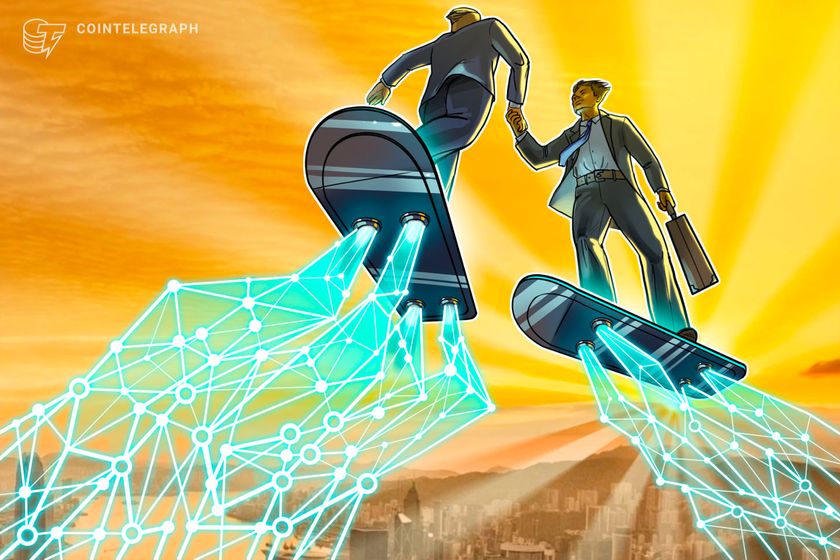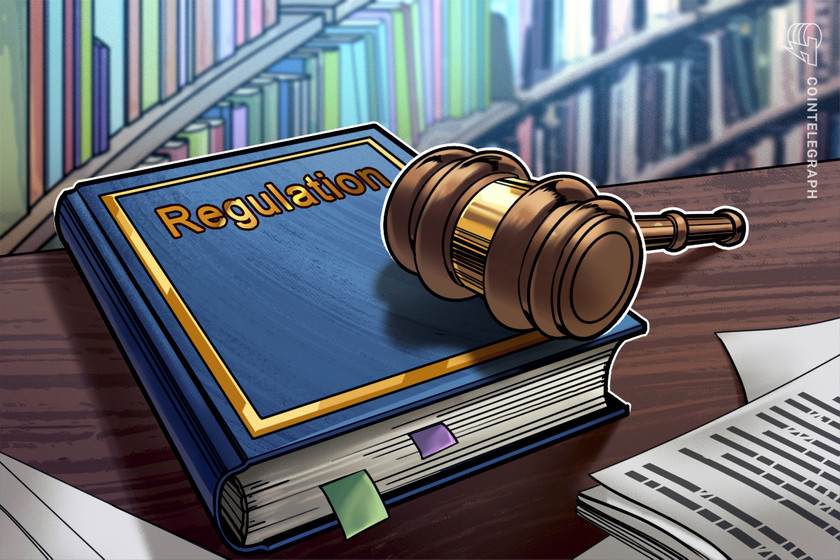United Nations agency to upskill thousands of staff in blockchain tech


The UN Development Programme, which is tasked with eliminating poverty in over 170 countries, wants to educate its 22,000 staff on distributed ledger technology.
A United Nations agency tasked with helping countries eliminate poverty is set to upskill its 22,000 staff in blockchain technology, with the ultimate goal of helping countries achieve “sustainable development” growth.
According to a Nov. 30 statement, the United Nations Development Programme (UNDP) has partnered with the Algorand Foundation to launch a blockchain academy in 2024.
The academy will serve the UNDP’s 22,000 staff members across 170 countries, educating them about distributed ledger technology and blockchain, including how it could be used for financial inclusion, supply chain transparency, real-world asset tokenization and digital identity applications.
During the Algorand Impact Summit in New Delhi, UNDP’s expert for alternative finance and low-carbon development, Robert Pasicko, told the audience the partnership will enable the organization to “upskill, empower, and inspire UN practitioners around the world.”
The curriculum will include lectures, workshops and hands-on assignments and will be “instrumental in equipping our team with the tools needed to address complex global challenges using blockchain technology,” said Pasicko.
Breaking news from #AlgoImpactSummit
The @UNDP partners with the Algorand Foundation to launch the Algorand Blockchain Academy.
The academy will be made available to over 22,000 United Nations staff in 170+ countries.
— Algorand Foundation (@AlgoFoundation) November 30, 2023
Doro Unger-Lee, head of education and inclusion at the Algorand Foundation, added that education was a “critical first step toward identifying and delivering actionable, on-the-ground use cases of blockchain to help achieve the Sustainable Development Goals in a number of areas.”






















